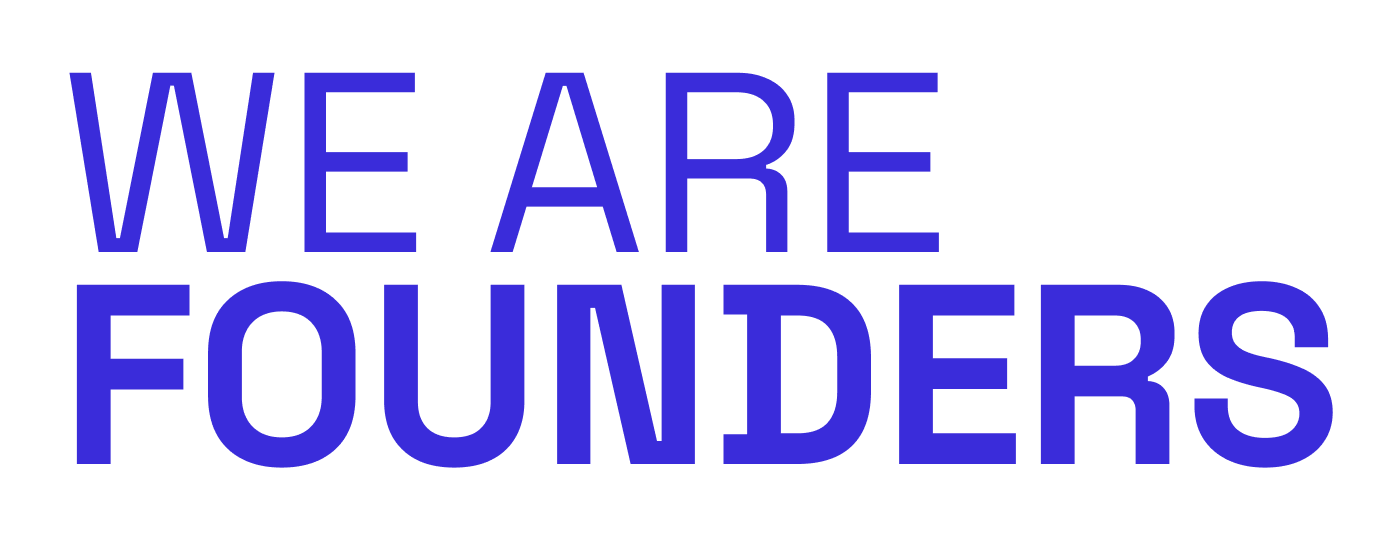We've all seen the hustle porn. The 4am wake-ups. The "I'll sleep when I'm dead" mentality. The glorification of grinding 80-hour weeks while your competitors are "relaxing."
For creative work (and yes, building a startup absolutely counts as creative work), this approach isn't just unsustainable. It's actually counterproductive.
Your best ideas don't come from staring harder at your screen. They come from the shower. From walks. From that weird half-asleep state at 6am. From literally anywhere except the moment you're desperately trying to force them.
Why Your Brain Needs Downtime
Creative work isn't like factory work. You can't just "do more hours" and get proportionally more output. Your brain doesn't work that way.
When you're actively focused on a problem, you're using what psychologists call your directed attention network. This is great for execution, for grinding through tasks, for responding to emails. But it's terrible for creative breakthroughs.
The magic happens when your brain switches to its default mode network. This is the state where seemingly unrelated ideas connect. Where solutions to problems you've been stuck on suddenly become obvious. Where your subconscious does the heavy lifting.
You can't access this state while you're "being productive." You access it by not trying.
The Science Behind Strategic Rest
| Rest Type | Creative Benefit | When to Use It |
|---|---|---|
| Physical movement | Increases divergent thinking by 60% | When stuck on a problem |
| Doing nothing | Activates default mode network | After intense focus sessions |
| Sleep | Consolidates learning, processes ideas | Every single night (obviously) |
| Nature exposure | Reduces mental fatigue, improves focus | When feeling burned out |
| Switching contexts | Allows subconscious processing | Between different projects |
That statistic about physical movement isn't made up. Research shows that walking increases creative output significantly compared to sitting.
Your best ideas are more likely to hit while you're moving than while you're hunched over your laptop for the eighth straight hour.
The Diminishing Returns of Extra Hours
There's a reason most successful indie hackers and founders talk about working smarter, not longer. After a certain point, extra hours produce negative returns.
Here's what actually happens when you push past your creative capacity for the day. Your decision-making gets worse. You write code that you'll have to debug tomorrow. You design interfaces that you'll redesign next week. You write copy that sounds forced and unnatural.
You're not being productive. You're creating future work.
The startup founders who seem to be "always on" often aren't. They're strategic about when they engage deeply and when they step back. They've learned that protecting their creative capacity is more valuable than maximizing their hours logged.
When Busy Work Masquerades as Productivity
Sometimes "being on" is just procrastination with better branding.
Checking Slack constantly. Reorganizing your task management system for the third time this month. Attending every networking event. Optimizing workflows that don't need optimizing. These activities feel productive because you're doing something, but they're often just ways to avoid the harder creative work.
Real creative work is uncomfortable. It requires sitting with uncertainty. It means starting with a blank page and not knowing if what you create will be any good. It's way easier to stay busy with tasks that feel productive but don't actually move the needle.
The "always on" mentality gives you permission to stay in busy work mode indefinitely. After all, you're working hard, right?
The Pattern of Creative Breakthroughs
Talk to any founder about their biggest breakthroughs and you'll notice a pattern. They rarely happened during scheduled work time.
They happened on a run. During a conversation with a friend who knows nothing about their industry. While cooking dinner. In the shower (always the shower). During a holiday they almost didn't take because they were "too busy."
This isn't coincidence. Your subconscious needs space to work. When you're constantly feeding it new inputs and demanding immediate outputs, you're not giving it room to make the connections that lead to breakthrough ideas.
Some of the most productive weeks you'll ever have will include days where you barely touched your laptop.
Building in Strategic Disconnection
| Practice | What It Looks Like | Why It Works |
|---|---|---|
| Hard stops | Shut laptop at 6pm, no exceptions | Forces you to prioritize what matters |
| Phone-free mornings | First 2 hours without checking messages | Protects peak creative time |
| Weekly reset day | One day completely off | Prevents cumulative mental fatigue |
| Movement breaks | 10-minute walk every 90 minutes | Resets attention, enables insight |
| Seasonal sprints | Intense work periods followed by rest | Matches natural energy cycles |
The hard stop is particularly powerful for solopreneurs. Without it, work expands to fill all available time because there's always more you could be doing. The artificial constraint forces better prioritization during work hours.
The Energy Management Framework
Stop managing your time. Start managing your energy.
You have different types of energy available throughout the day. Peak creative energy. Good-enough execution energy. Low-energy-but-can-still-do-admin energy. And completely depleted energy where you should just stop.
Most people waste their peak creative energy on email and meetings, then wonder why they can't solve hard problems at 4pm when they finally have "focused time."
Map your energy patterns for a week. When do you naturally have the most creative juice? Protect those hours ruthlessly. Use them for your hardest creative work. Everything else can happen in lower-energy windows.
What Actually Productive Founders Do Differently
They're not working more hours. They're working different hours.
They block their mornings for deep work before anyone else is awake to interrupt them. They take walks when they're stuck instead of powering through. They have hobbies that have nothing to do with their startup. They sleep properly because they know tomorrow's work quality depends on it.
They've learned that creativity is a renewable resource, but only if you let it renew.
The founder grinding 80-hour weeks might look impressive on Twitter. But six months from now, they'll be burned out while the founder who protected their creative capacity is still building, still innovating, still energized.
The Permission You're Waiting For
You don't need to be always on to be successful.
You need to be strategically on. Intensely focused when you're working. Completely disconnected when you're not. Trusting that your brain is still working on problems even when you're not consciously thinking about them.
The creative work that builds great products, solves hard problems, and differentiates your startup from everyone else doesn't come from grinding harder. It comes from creating the conditions where insight can happen.
Sometimes the most productive thing you can do is close your laptop and go for a walk.
Your best work is waiting for you on the other side of intentional rest. Not because you're being lazy, but because that's literally how creative breakthroughs work.
So stop wearing exhaustion as a badge of honour. Start treating your creative capacity as the finite, valuable resource it actually is. Your startup will thank you for it.



